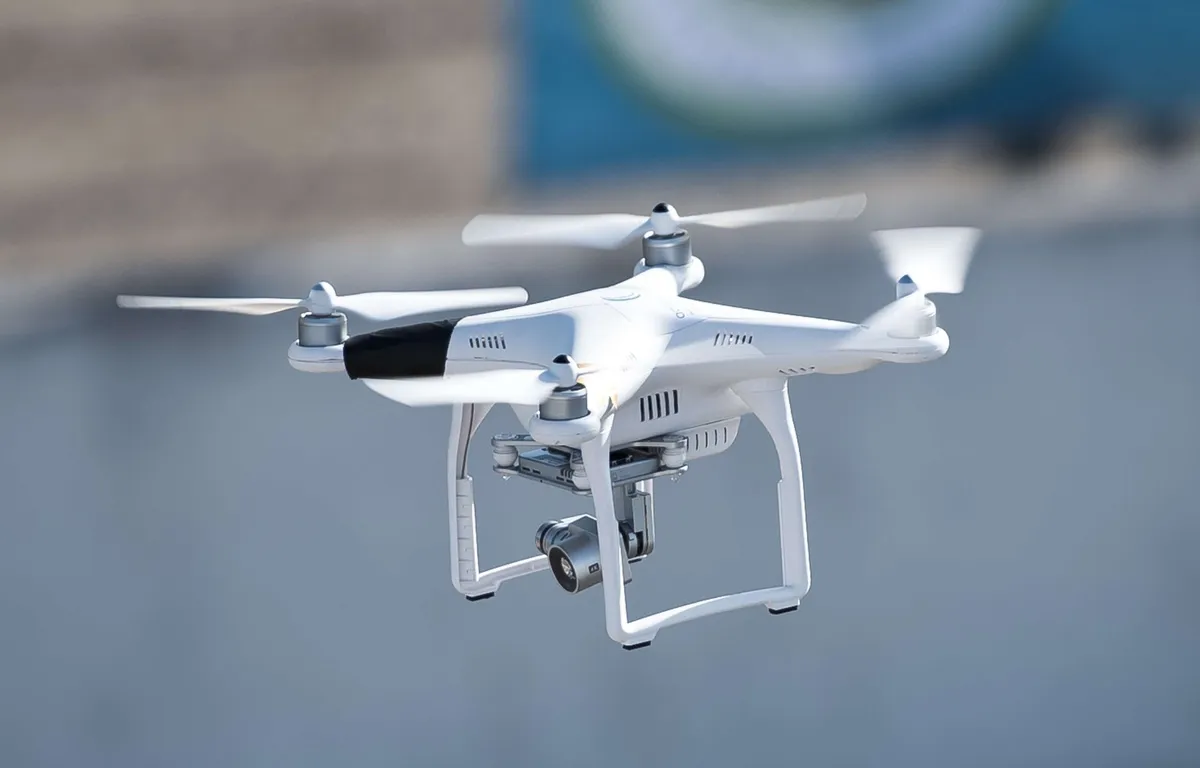As of my last knowledge update in January 2022, I don’t have direct access to external websites, including WhatIs.com. However, I can provide you with a general definition of a drone.
A drone, also known as an unmanned aerial vehicle (UAV) or unmanned aircraft system (UAS), is an aircraft without a human pilot on board. Drones can be controlled remotely by a human operator or autonomously by onboard computers. They are available in diverse styles and sizes and are used for an extensive variety of purposes, including recreational activities, aerial photography, surveillance, agriculture, and even delivery services.
How do drones work?
Drones, or unmanned aerial vehicles (UAVs), work through a combination of hardware and software systems that enable them to fly and perform specific tasks. Here’s a general overview of how drones work:
- Power Source:
- Drones are typically powered by rechargeable batteries, although some large drones may use internal combustion engines.
- Frame and motors:
- Drones have a lightweight frame, often made of materials like plastic or carbon fiber, to maximize agility and endurance.
- Electric motors, usually brushless, provide the necessary propulsion for the drone.
- Flight Controller:
- The flight controller is a crucial component that manages the drone’s stability and orientation during flight.
- It processes input from sensors and adjusts the speed of individual motors to maintain balance and control.
- Sensors:
- Drone are equipped with various sensors to gather data about their environment. Common sensors include:
- Gyroscope and Accelerometer: Measure orientation and acceleration.
- Barometer: Determines altitude.
- GPS (Global Positioning System): Provides location data.
- Compass: Helps in determining direction.
- Remote Control or Autopilot Software:
Drones can be controll manually by a human operator using a remote control or a mobile device.
Autopilot software allows drones to fly autonomously, following pre-programmed routes or responding to environmental cues.
What are common drone features and components?
Drones come in various shapes and sizes, and their features and components can vary based on their intended use. However, some common features and components found in many drones include:
- Frame:
- The frame is the physical structure of the drone, typically made from lightweight materials like plastic, carbon fiber, or aluminum. It provides the structure for attaching components and protects the internal electronics.
- Motors and Propellers:
- Electric motors power the propellers, providing lift and propulsion. Drones can have multiple motors and propellers arranged in different configurations, such as quadcopters (four rotors), hexacopters (six rotors), or octocopters (eight rotors).
- Flight Controller:
- The flight controller is a crucial component that stabilizes the drone during flight. It processes data from sensors and adjusts the speed of individual motors to maintain balance and control.
- Sensors:
- Various sensors contribute to the drone’s awareness of its environment. Common sensors include:
- Gyroscope and Accelerometer: Measure orientation and acceleration.
- Barometer: Determines altitude.
- GPS (Global Positioning System): Provides location data.
- Compass: Helps in determining direction.
What types of drones are available?
Drones come in various types and classifications, each designed for specific purposes and applications. Here are some common types of drones:
- Quadcopters:
- Quadcopters are the most common type of consumer drone, featuring four rotors. They are known for their stability and maneuverability, making them popular for aerial photography and recreational use.
- Hexacopters and Octocopters:
- These drones have six and eight rotors, respectively. They are often used for professional applications that require additional lifting capacity, stability, or redundancy.
- Fixed-Wing Drones:
- Unlike multirotor drones, fixed-wing drones have a wing structure similar to traditional airplanes. They are more efficient in terms of flight endurance and long-distance mapping or surveillance but typically require more space for takeoff and landing.
- Single-Rotor Helicopters:
- These drones have a single large rotor and are less common in consumer applications due to their complexity. They are often used for specialized tasks, such as heavy lifting or industrial inspections.
- Nano Drones:
- Nano drones are extremely small and lightweight, often designed for indoor use or short-distance flights. They are suitable for beginners and casual users.
- Racing Drones:
- Racing drones are built for speed and agility. They are commonly used in competitive drone racing events and feature a streamlined design, high-performance motors, and first-person view (FPV) systems.
- Hybrid Drones:
Hybrid drones combine features of different types, such as a fixed-wing design for efficient forward flight and vertical takeoff and landing (VTOL) capabilities for flexibility in confined spaces.
The history of drones
The history of drones spans several decades, and their development has been influenced by advancements in technology, military needs, and evolving applications. Here’s a brief overview of key milestones in the history of drones:
- Early Concepts (1930s-1960s):
- The idea of unmanned aircraft dates back to the early 20th century, with early experiments in radio-controlled aircraft during the 1930s and 1940s.
- Target Drones in World War II:
- During World War II, various countries, including the United States and Germany, developed target drones for military training purposes. These early drones were often converted aircraft controlled remotely.
- Kettering Bug (1918):
- The Kettering Bug, developed by Charles Kettering during World War I, is considered one of the first true drones. It was an early cruise missile designed for military reconnaissance and target bombing.
- Radioplane OQ-2 (1940s):
- Actor and inventor Reginald Denny created the Radioplane OQ-2, a radio-controlled target drone used by the U.S. military for anti-aircraft gunnery practice during World War II.
- Vietnam War (1960s):
The U.S. military employed drones for reconnaissance and surveillance during the Vietnam War. The AQM-34 Ryan Firebee became a widely used drone for reconnaissance missions.
Internal link: ragdi






